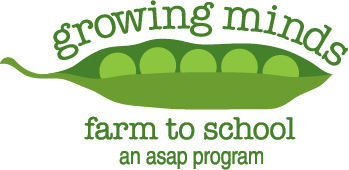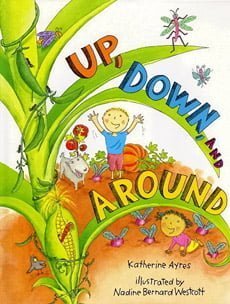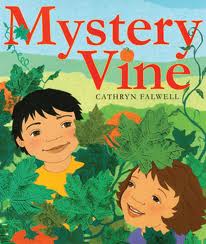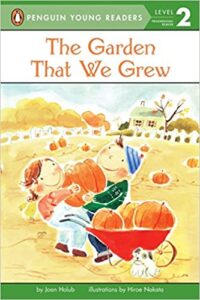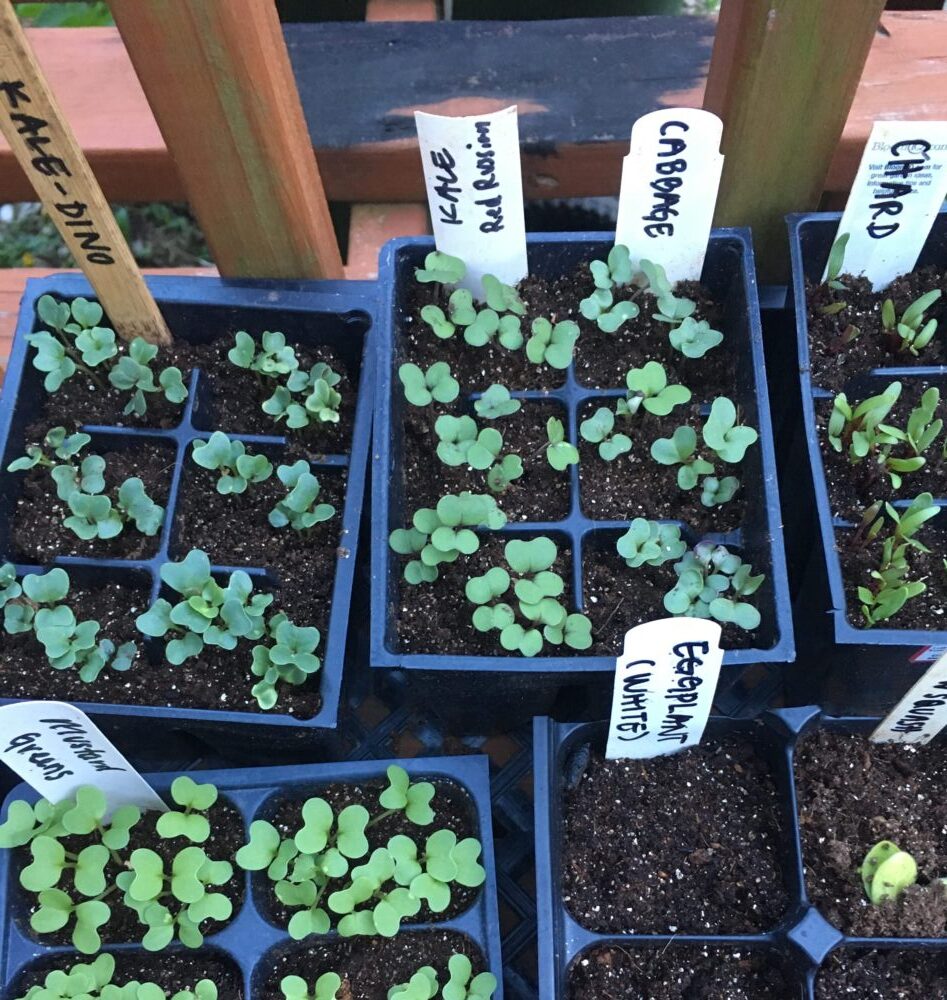Preschool lesson plans
…two varieties of cabbage. October Pumpkin Exploration How Many Seeds in a Pumpkin Through a creative exploration of pumpkins, students gain a new understanding of this vegetable and all of its diverse uses. Students use a pumpkin seed activity to practice counting. October Roots and Shoots Up, Down, and Around Teach students about how vegetables grow and guide them in tasting veggies that grow below ground and above ground. November Sweet Potato …
